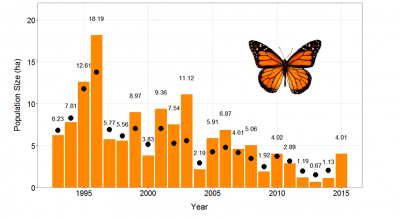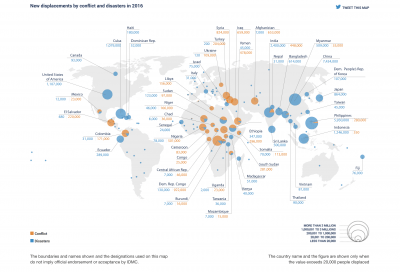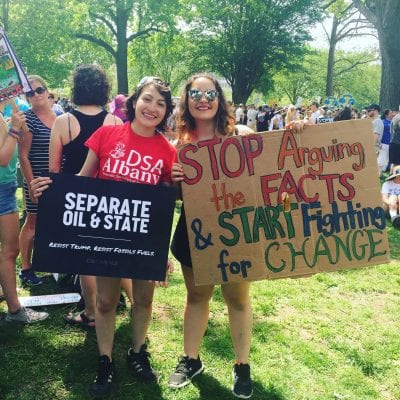The whole world benefits from gender equality. The rights of women are important on the basis of human equality, regardless of an individual’s gender identity, and using up all of the world’s human potential to tackle big issues. Women are constantly over looked as sources of power in the military, in politics, in STEM fields, and in everyday life. We need to stop boxing women into roles that do not allow them to reach their fullest potential. Our global society will reap the benefits that women will be able to produce and contribute in every field they are underrepresented once this potential is encouraged and allowed to flourish.
Often times when I tell people I’m a intersectional feminist they look at me like I have three heads, but intersectional feminism=gender equality. When people, including women, argue with me and tell me that we are post sexism I simply break down all of the areas of oppression women currently face for just identifying as female (that global goals has conveniently outlined for everyone in the form of goals here: https://www.globalgoals.org/5-gender-equality):
- Discrimination against Women and Girls-seen in the wage gap (which is present in every country in the world except Iceland right now), day-to-day gendered micro aggressions, the over-sexualization of female bodies, the glass ceiling, etc.
- Violence and Exploitation of Women-women and girls are disproportionately trafficked as sex slaves, and slaves; women and girls are disproportionately abused in homes and in public spheres, femicide(: a gender based hate crime–>”the killing of a woman or girl, in particular by a man and on account of her gender.”
- Forced Marriages and Genital Mutilation
- Unpaid Care and devaluation of the Domestic Responsibilities Women take on or are forced into at disproportionate rates compared to men
- Disproportionate Amount of Female Leadership and Decision Making-this is seen in and out of politics, and in the gap of venture capital women have. In 2017, only 2.2% of all venture capital in the United States went to companies founded solely by women, only 4.4% of transactions went to female-founded companies and only 11.3% of partners at venture capitalist firms were women according to Forbes.
- Lack of Access to Reproductive Health and Rights- reflected in the number of Planned Parenthoods that have been defunded all across America, and the all male American female reproductive health board that is single handedly attempting to control the bodies and choices of women in America.
- An Unequal Amount of Female Property Owners- seen in farmlands, financial services of the family unit, etc.
- Lack of Women having access to technology
- Lack of Global Legislation to Eradicate the Above Issues ^^^
Everyone should identify as an intersectional feminist if they want to see the Anthropocene thrive, if they believe in human rights, and if they believe in freedom and equality for all. If you don’t identify as an intersectional feminist….de facto, the word to describe you is a misogynist.











